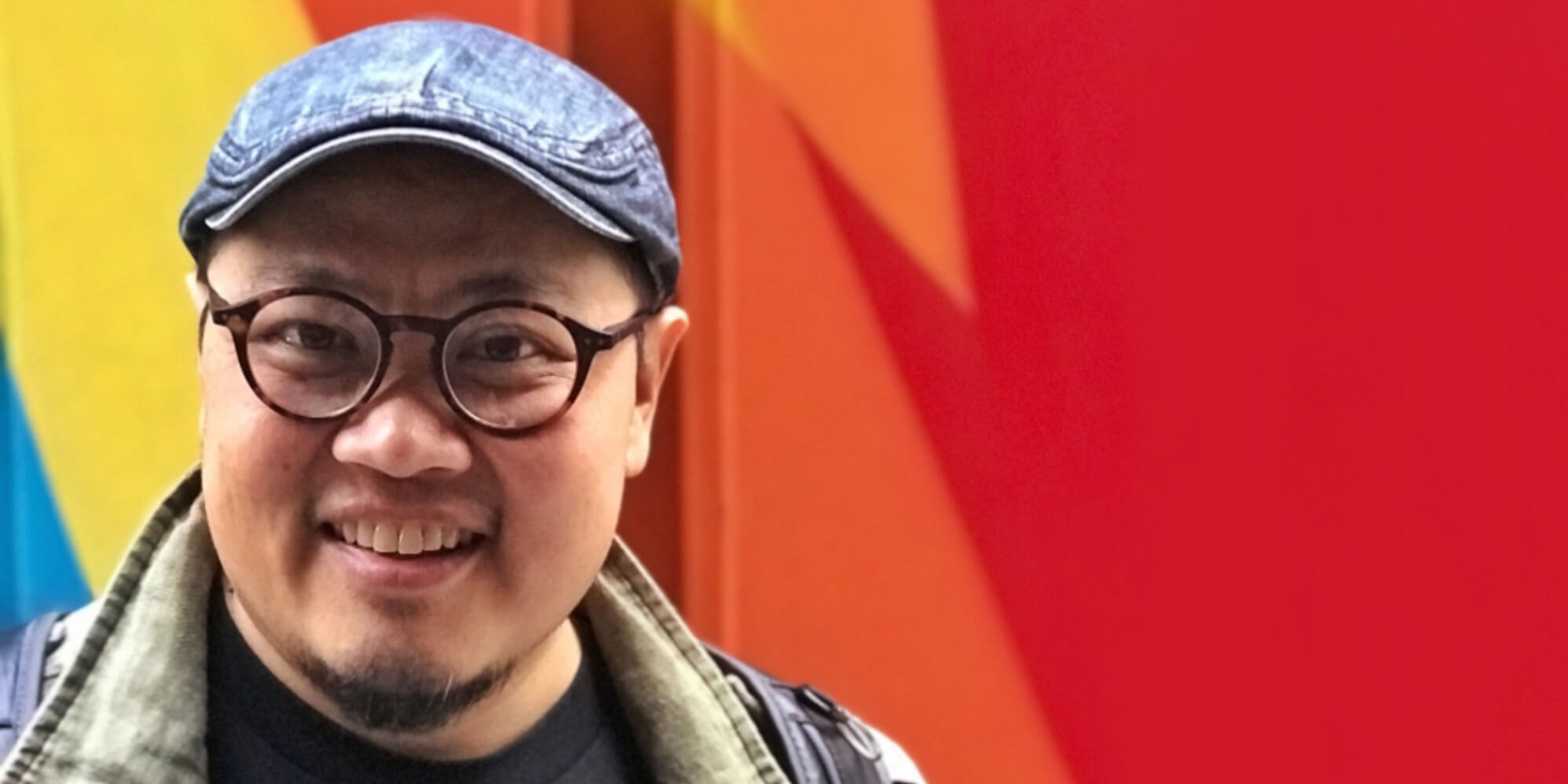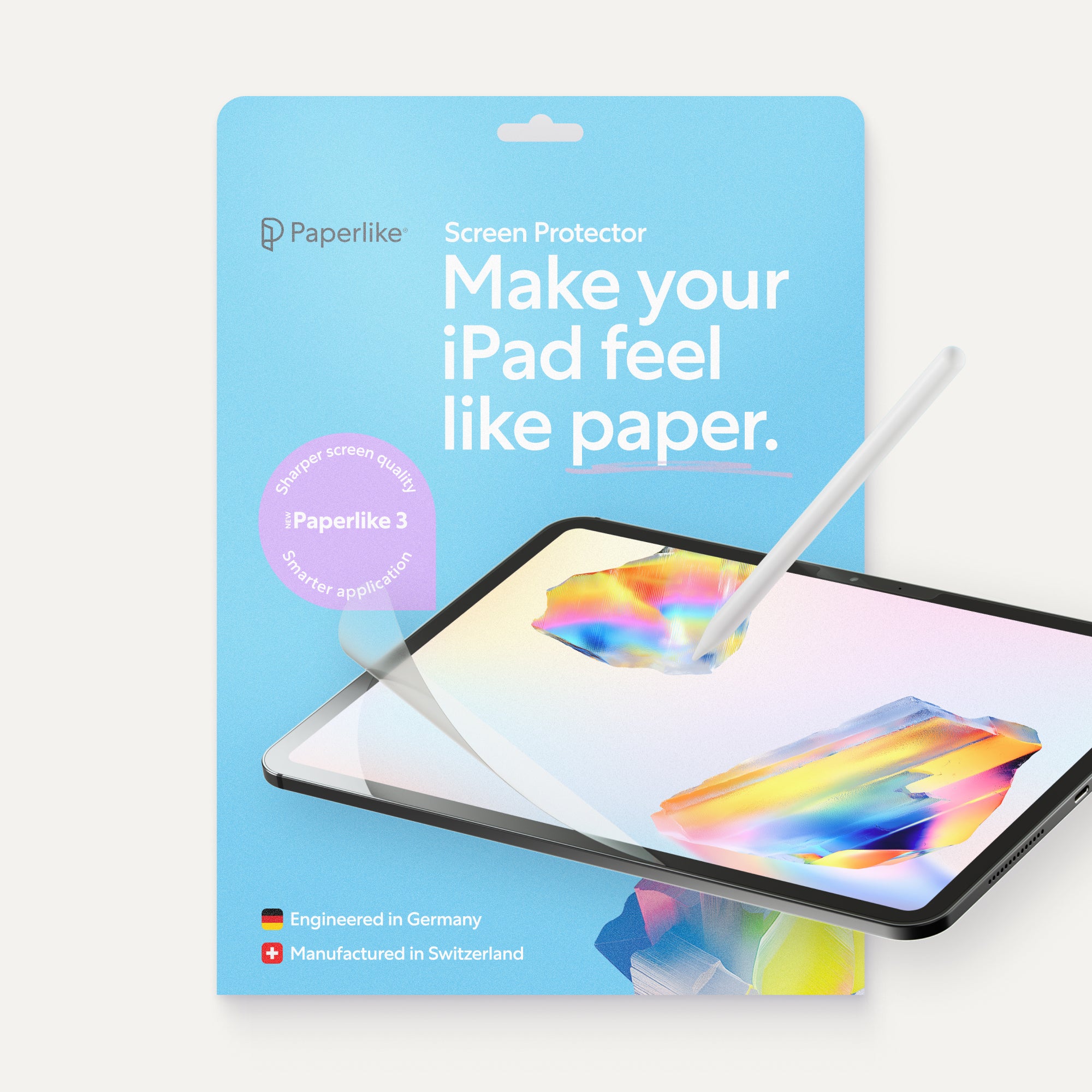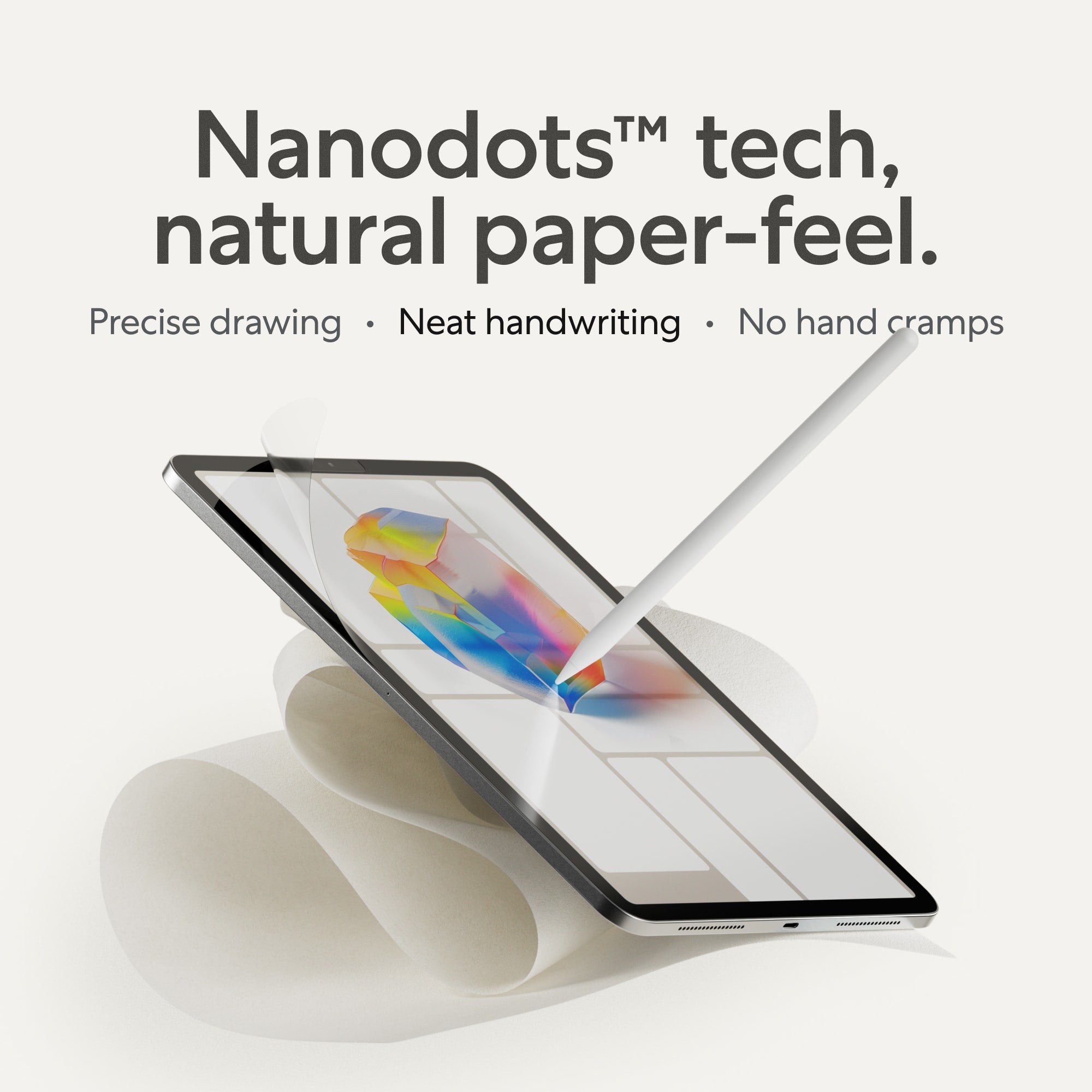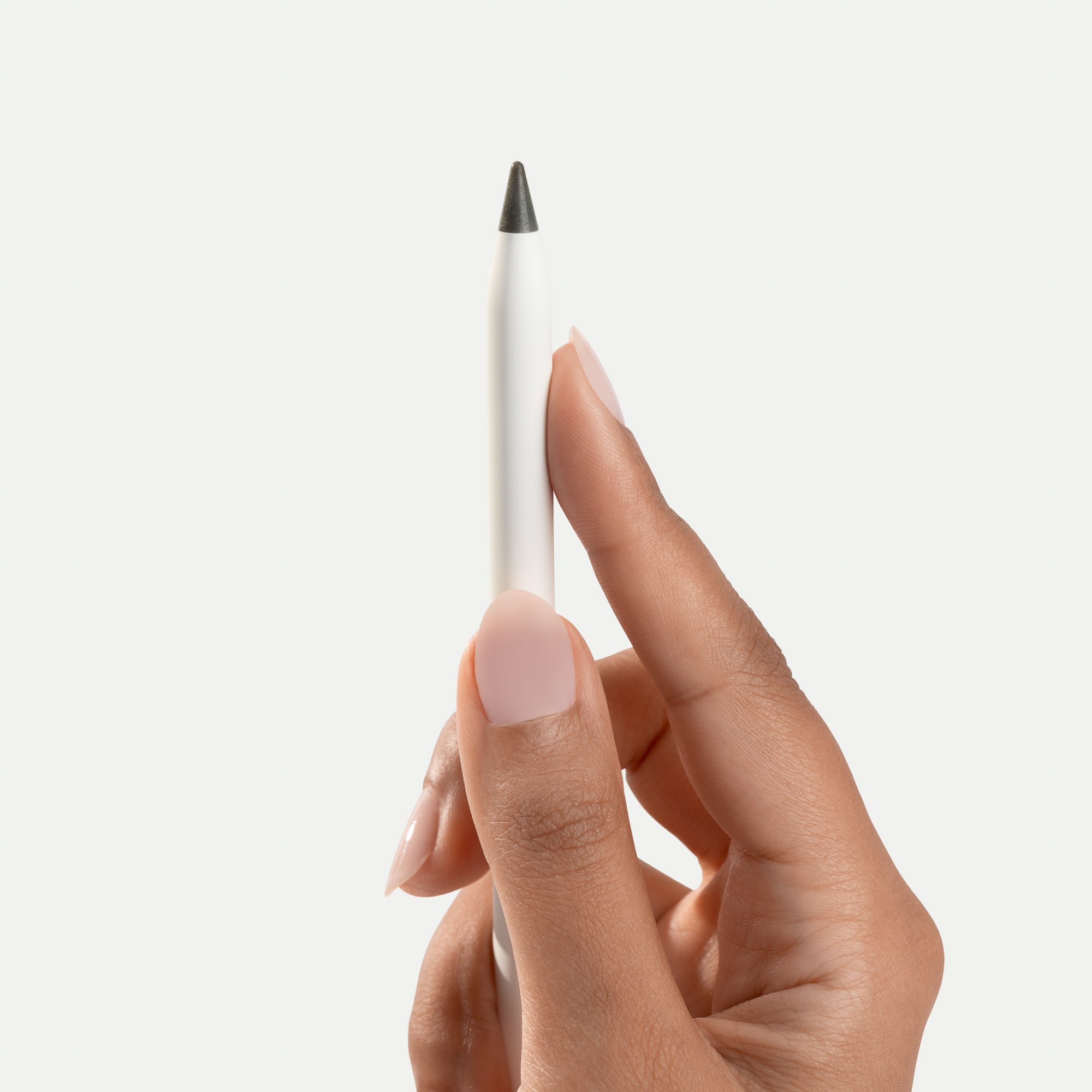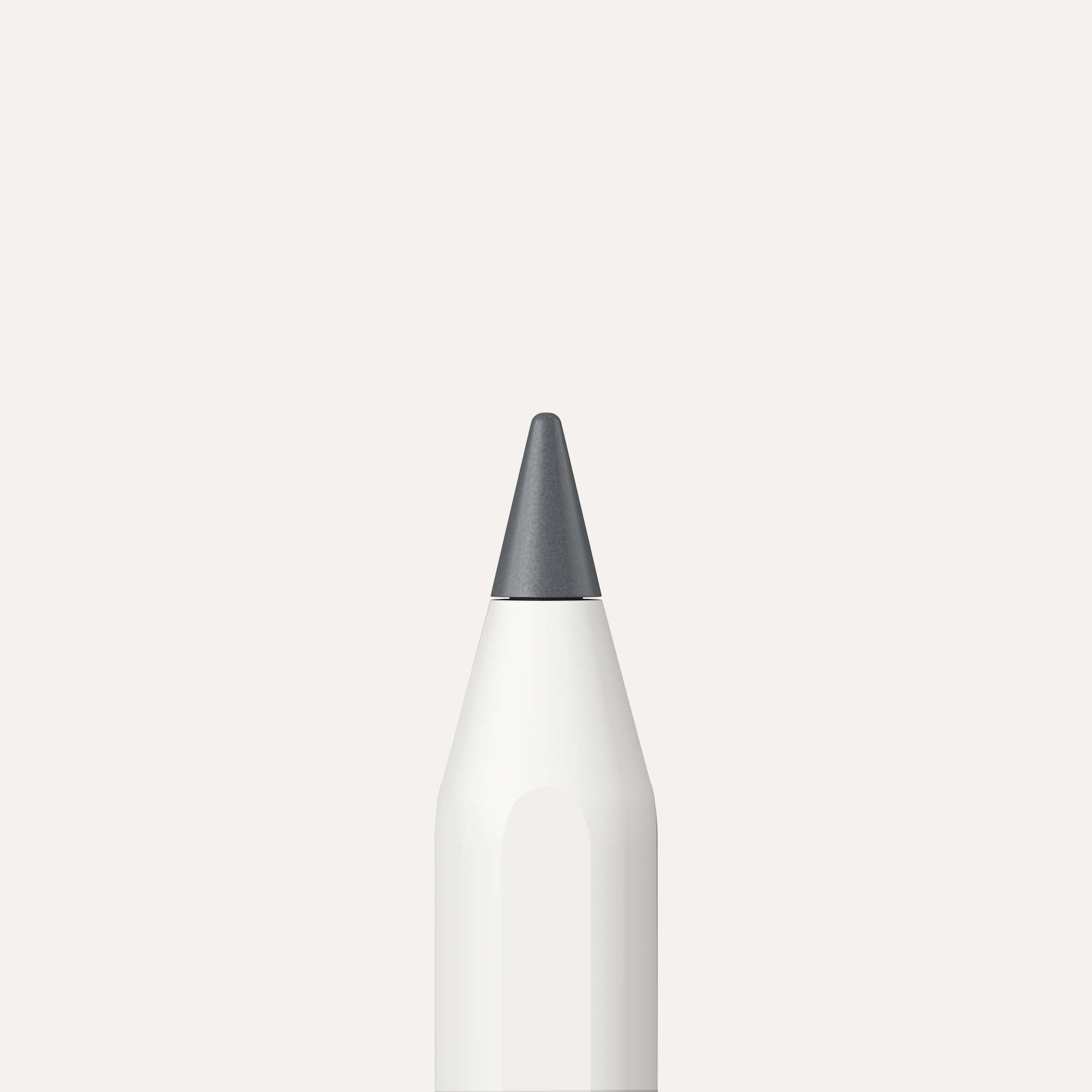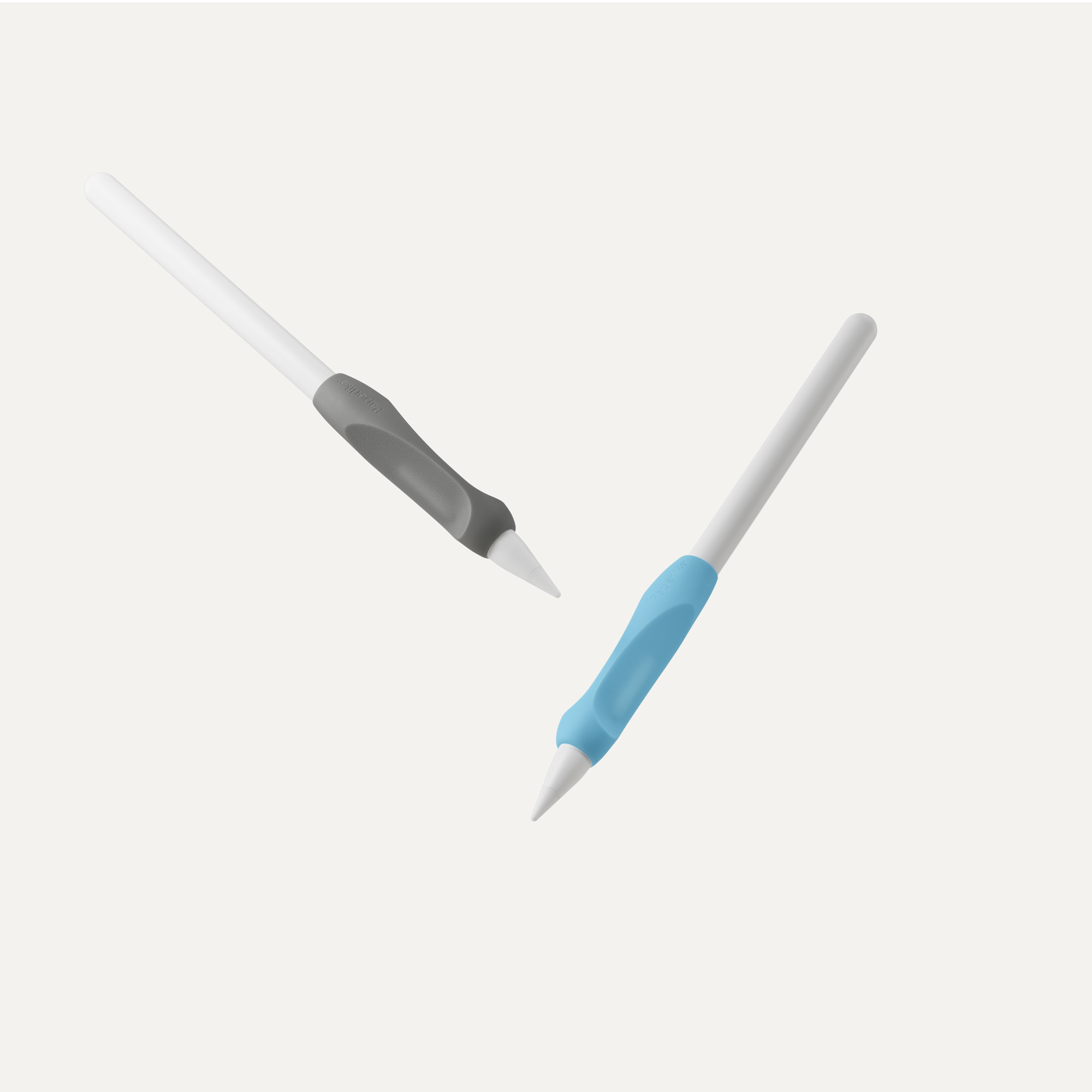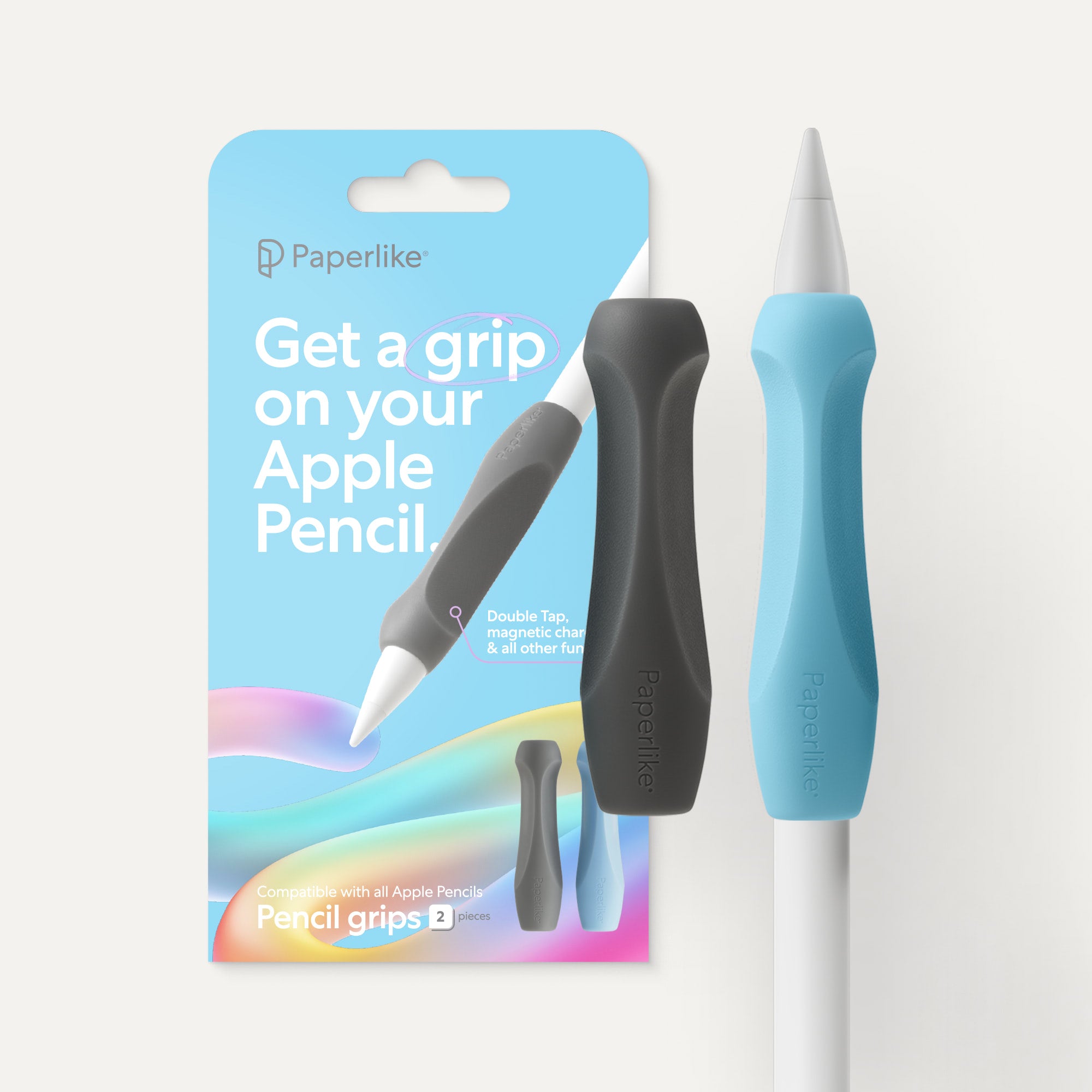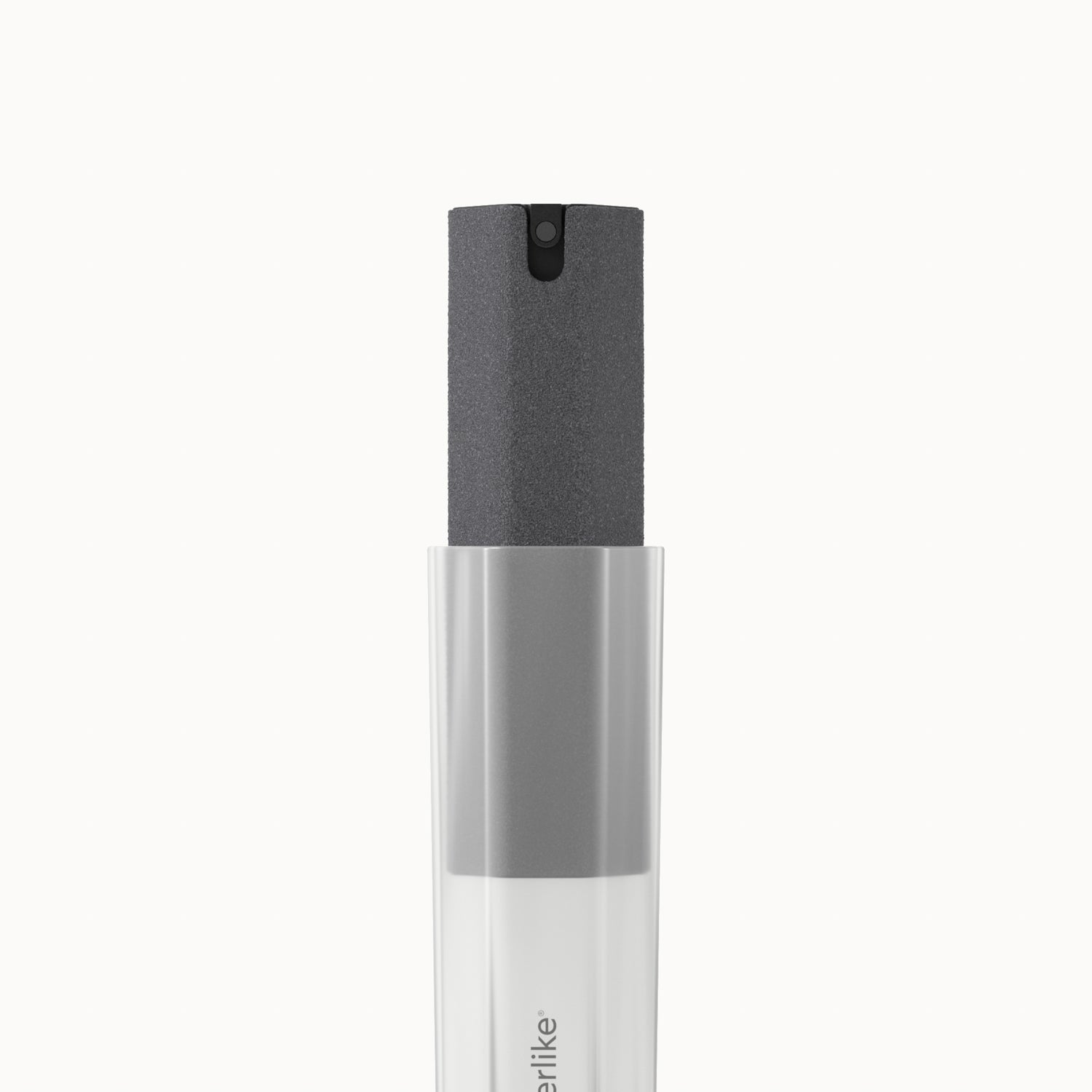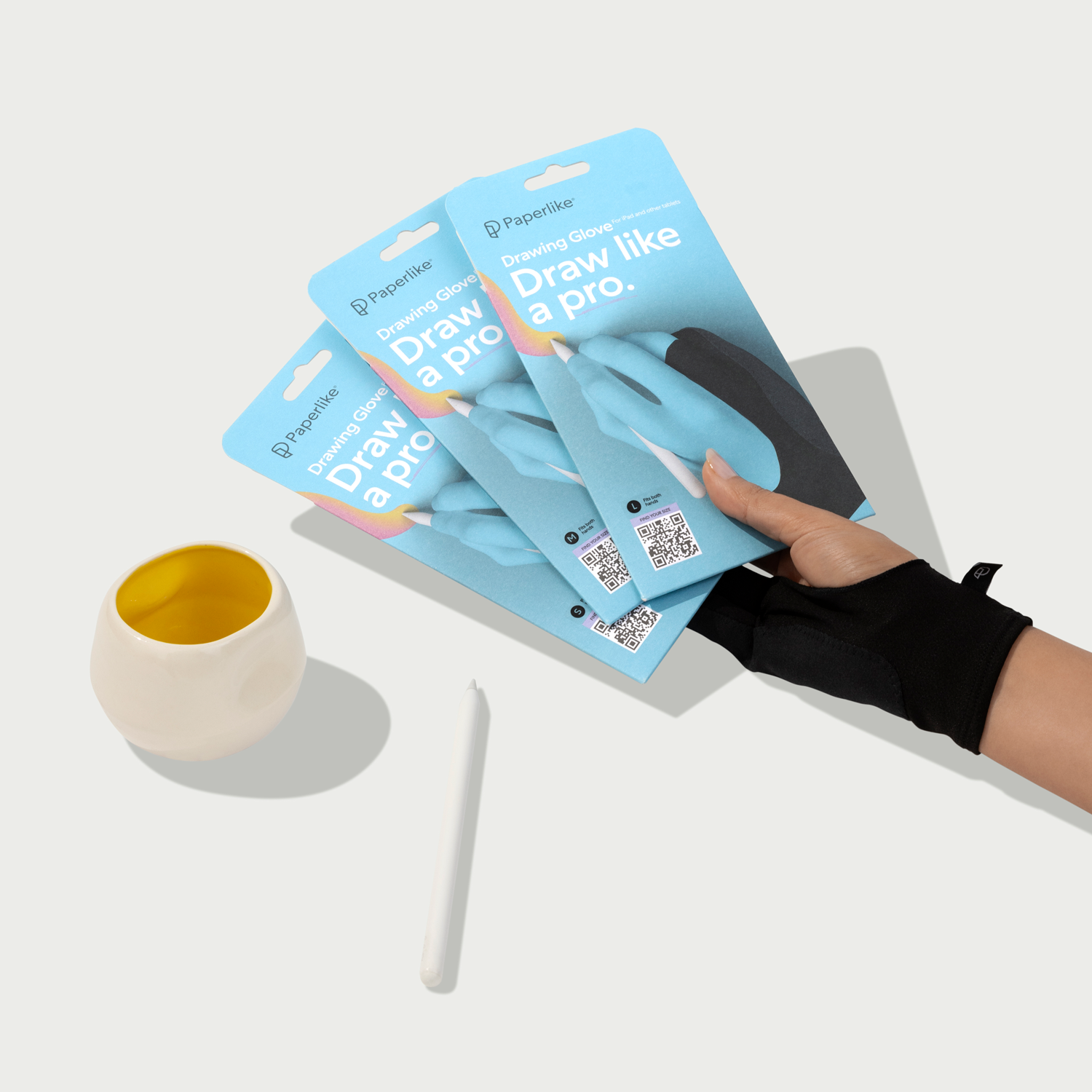You’d never hear Martin Morrison say that his long road toward an illustration career has been easy, but he’ll tell you that his first foray into painting and illustration started with a camel. Or, rather, with what a camel should look like.
“The first time I ever used watercolor paints was in primary school,” Martin explained. “One of the teachers took me out of class to draw a nativity scene for the wall. I remember having to ask for a picture of a camel, as I’d never seen one. I must have been five or six years old at the time.”
Like many artists (camels aside), Martin has always leaned on his creative side to uncover the lighter, more expressive side of his imagination. It’s a theme that carried him from a childhood where he copied images from comic books all the way through a university degree in Graphic Design with an emphasis in illustration.

Complexity through simplicity
At first glance, Martin’s work seems simple. You won’t find many sharp edges or tight lines, a nod to the Post-Impressionistic style that heavily influences his meandering, artistic leanings.
Instead, you’re likely to get caught up in the curious, lighthearted expressions, textures, and restricted color palettes that he uses to create a captivating body of work. That tight color scheme is a hallmark of Martin’s style and something that he considers carefully when starting a piece.
Martin explains: “I’ll usually pick one color to start and will then use up to five colors from the same palette to keep things harmonious. I like to pick two complimentary colors — complete opposites on the color wheel, like red and green — and then one other color. Fewer colors help to create more dynamic images.”
Every stroke that Martin makes on the page is in pursuit of a simple outcome: He wants to draw something that he likes. If he can do that, he explains, other people tend to like it, too.

“I’ve heard that joy is infectious, so I’ll try to find a way to add something into an image that I really love,” he said.
That, Martin admits, is sometimes difficult to do. Finding his place in the art world has been a challenge. He’s dealt with frustration, anxiety, and creative blocks. Even getting comfortable with his own artistic style has been a challenge.
“I have noticed that the right-hand side of my drawing tends to slightly distort,” Martin explained. “I see this as part of my style. I feel it looks more human.”
There have also been missed opportunities. After publishing his first illustration in a prestigious magazine in 2001, he thought that the contracts and job offers would fall into his lap. When they didn’t, he had no idea where to go or how to proceed.
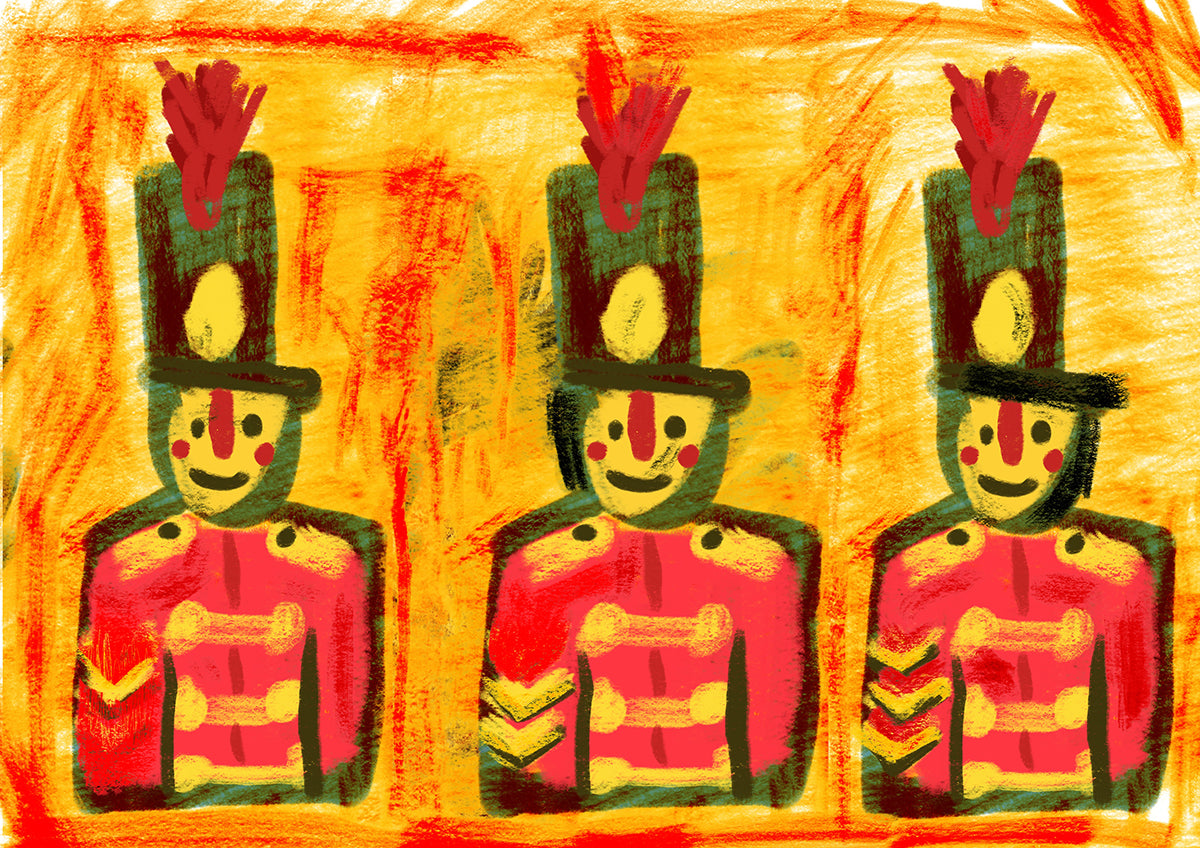
Still growing
It took years for him to find his feet, but Martin never sat still. During that time, he continued to refine his skill and personal style. He joined Instagram, became a part of illustration groups and communities there. He experimented with grungy textures and half-toning techniques to add a unique touch to his images.
Most importantly, he kept drawing and successfully completed the 2018 Inktober project. Drawing daily — one key piece of advice he’d give to anyone who wants to learn to draw — was the foundation of his success.
“Luckily, just before Inktober, I’d already managed to make drawing a daily habit. I ditched computers for a year and drew completely analog using brush pens, marker pens, and some great color pencils,” he said.”

Martin joined a group created by Christine Nishiyama, who drew daily from weekly prompts. Between her prompts and his strong drawing habits, Martin managed to draw 40 images in 30 days. He admits that not all of them were great, but there a few were good enough to make it into his online portfolio.
Every step Martin takes in his illustration career has been an effort to experience new things and push himself outside of his comfort zone. Failure, he notes, is not only how he grows as an artist. It’s also how he thrives as an individual.
“You can’t expect to be a master of something you just started to do. The only way to learn is to get back up when you get knocked down. It’s okay to fail. In fact, we should try and fail, as that’s when we learn the most,” he said.
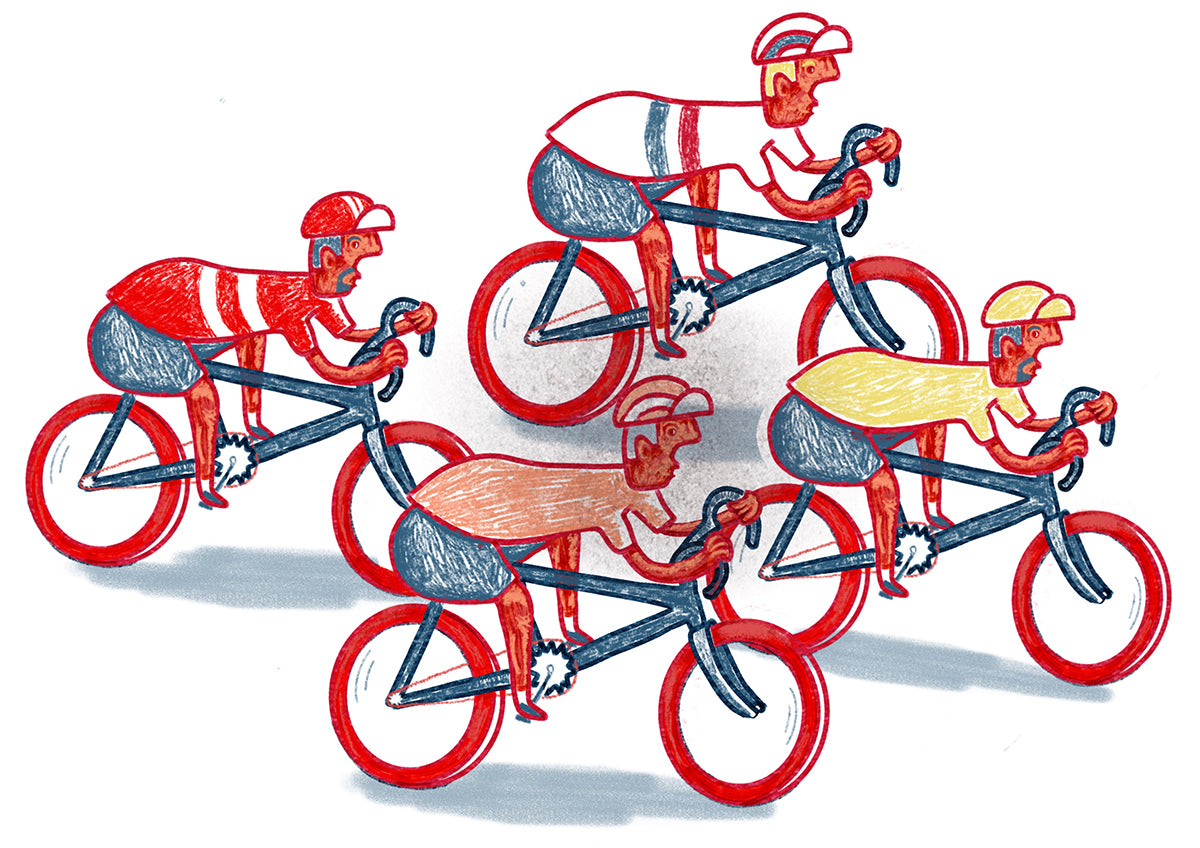
A new way to work
Along with family, that willingness to try new things has shifted the way Martin creates his work. Though he’s Adobe Certified in Photoshop and Illustrator, Martin has found himself spending more time on his sofa with his iPad and the Procreate app.
In the past, he would’ve drawn in a sketchbook before scanning everything into Photoshop or Illustrator and working from there. However, the iPad speeds up his workflow by allowing him to draw directly onto the screen.

The technology upgrade is a big win for an artist who draws inspiration from his children and his family.
“Most nights, I’ll usually sit on the sofa in front of the TV and draw while my other half sits beside me knitting. Not very rock and roll, but we like it,” said Martin. “There’s a lot less guilt than before when I thought I was always spending so much time away from her. I can easily go camping or visiting relatives and pack the trusty iPad along for the ride.”

For Martin, catching those moments of joy — both in real life and on the page — is what art is all about.
---
You can find out more about Martin Morrison by visiting his website or checking his regularly-updated Instagram page. He also sells prints online via Redbubble.



